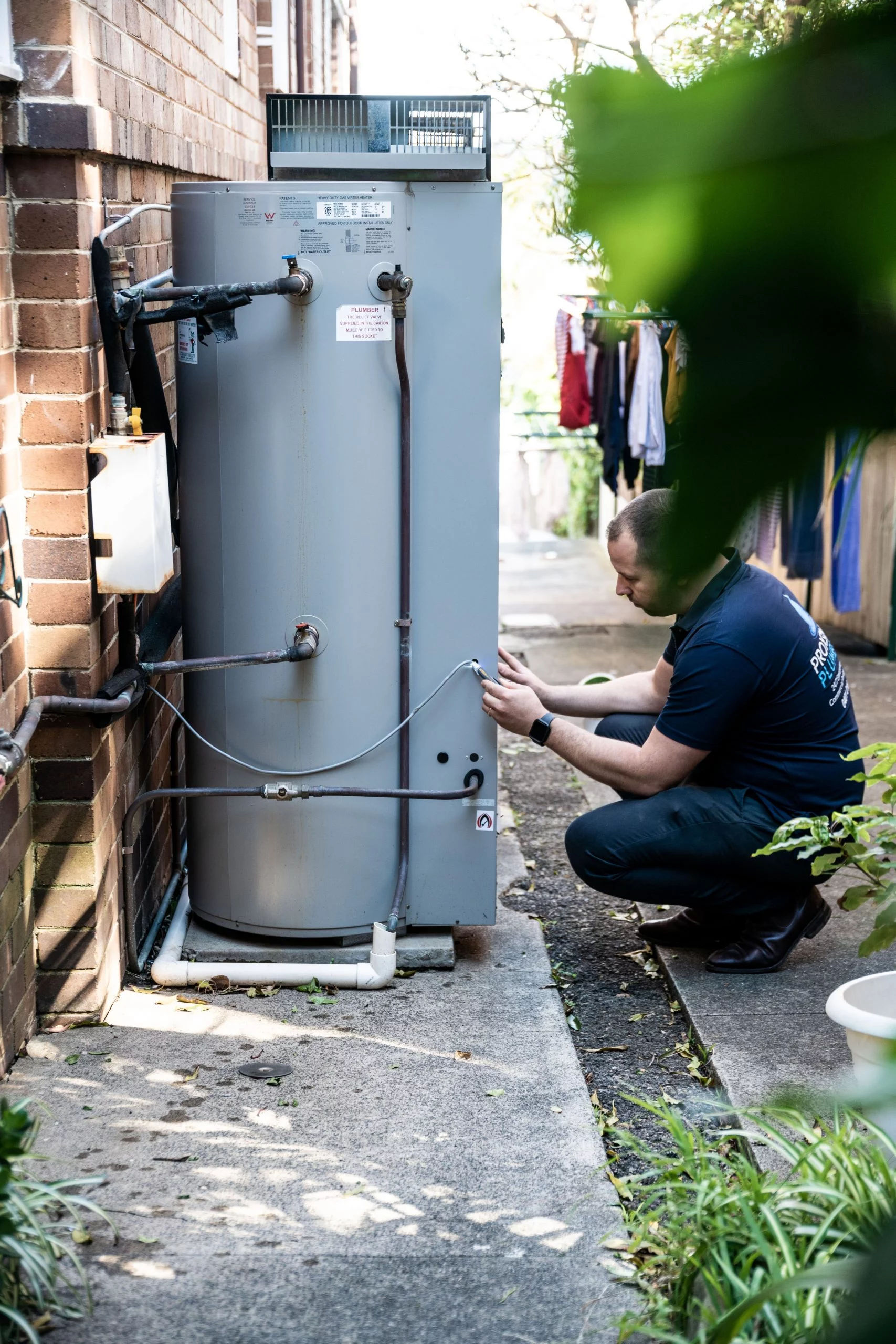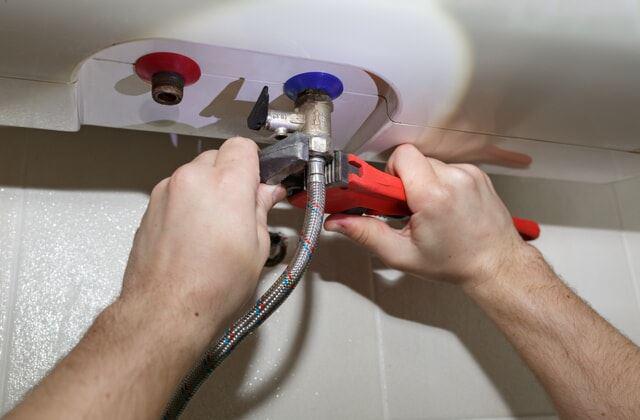Key Guidance on Caring for Your Home's Hot Water System
Key Guidance on Caring for Your Home's Hot Water System
Blog Article
The publisher is making a few great pointers regarding How to Maintain a Hot Water Heater in a Few Simple Steps as a whole in this article underneath.

Warm water is vital for daily convenience, whether it's for a revitalizing shower or washing recipes. To guarantee your hot water system runs efficiently and lasts much longer, routine maintenance is vital. This short article provides sensible ideas and insights on exactly how to keep your home's warm water system to avoid interruptions and costly fixings.
Introduction
Maintaining your home's warm water system might seem complicated, but with a couple of simple steps, you can guarantee it runs smoothly for several years to come. This overview covers every little thing from comprehending your hot water system to do it yourself maintenance suggestions and knowing when to call expert assistance.
Importance of Keeping Your Warm Water System
Regular upkeep not just extends the life-span of your warm water system but additionally guarantees it operates successfully. Ignoring maintenance can lead to reduced efficiency, greater energy costs, and even early failure of the system.
Signs Your Warm Water System Demands Maintenance
Understanding when your hot water system requires interest can prevent significant issues. Keep an eye out for indications such as inconsistent water temperature level, odd noises from the heating system, or rusty water.
Comprehending Your Warm Water System
Before diving right into upkeep tasks, it's practical to understand the fundamental parts of your hot water system. Usually, this consists of the water heater itself, pipes, anode poles, and temperature level controls.
Monthly Upkeep Tasks
Normal monthly checks can assist capture small issues before they rise.
Purging the Water Heater
Flushing your hot water heater gets rid of sediment accumulation, enhancing performance and prolonging its life.
Checking and Changing Anode Rods
Anode poles prevent corrosion inside the storage tank. Checking and changing them when worn out is essential.
Checking and Readjusting Temperature Setups
Readjusting the temperature level setups makes sure ideal efficiency and security.
DIY Tips for Maintenance
You can perform several upkeep jobs on your own to maintain your warm water system in leading condition.
Checking for Leaks
Regularly evaluate pipelines and connections for leakages, as these can cause water damage and higher costs.
Evaluating Pressure Alleviation Valves
Evaluating the pressure safety valve ensures it functions appropriately and stops excessive stress accumulation.
Insulating Pipelines
Protecting hot water pipelines lowers warm loss and can save power.
When to Call a Professional
While do it yourself upkeep is advantageous, some problems require specialist competence.
Complex Concerns Requiring Specialist Assistance
Instances consist of major leakages, electrical issues, or if your water heater is continually underperforming.
Routine Specialist Maintenance Advantages
Professional upkeep can include comprehensive examinations, tune-ups, and guaranteeing compliance with safety and security requirements.
Conclusion
Routine maintenance of your home's hot water system is vital for efficiency, longevity, and cost savings. By following these tips and knowing when to look for expert assistance, you can guarantee a reputable supply of hot water without unexpected disruptions.
How to Maintain an Instant Hot Water Heater
Before tinkering with your hot water heater, make sure that it’s not powered on. You also have to turn off the main circuit breaker and shut off the main gas line to prevent accidents. Also turn off the water valves connected to your unit to prevent water from flowing into and out of the appliance. 2. When you’re done, you have to detach the purge valves’ caps. These look like the letter “T†and are situated on either side of the water valves. Doing so will release any pressure that has accumulated inside the valves while at the same time avoid hot water from shooting out and burning your skin. 3. When the purge valves’ caps are removed, you have to connect your hosing lines to the valves. Your unit should have come with three hoses but if it didn’t, you can purchase these things from any hardware or home repair shops. You can also get them from retail stores that sell water heating systems. Read the user’s manual and follow it to complete this task properly. When the hosing lines are connected, open the purge port’s valves. 4. You should never use harsh chemical cleaners or solutions when cleaning your unit. Make use of white vinegar instead. It should be undiluted and you’ll probably use about 2 gallons. 5. Now flush your water heater. This task should probably take about 40 minutes. We can’t give you specific directions for this because the procedure is carried out depending on the type, model and brand of your heater. With that being said, refer to the user’s manual. 6. When you’re done draining the unit, you have to turn off the purge port valves again. Remove the hosing lines that you earlier installed on each of the water valves. Put the valve caps (purge port) back in their respective places and be very careful so as not to damage the rubber discs that are found inside these caps. 7. Now that everything’s back in place, check your user’s manual again to find out how to reactivate your water heating system. 8. Once it is working, turn one of your hot water faucets on just to let air pass through the heater’s water supply pipes. Leave the tap on until water flows smoothly out of it. https://www.orrplumbing.com/blog/2014/september/how-to-maintain-an-instant-hot-water-heater/

As a keen reader on How to Maintain Your Water Heater & Prolong its Life, I imagined sharing that piece of content was important. Are you aware of anybody else who is in the market for the topic? Why not share it. Thanks a lot for being here. Return soon.
Top Article Report this page